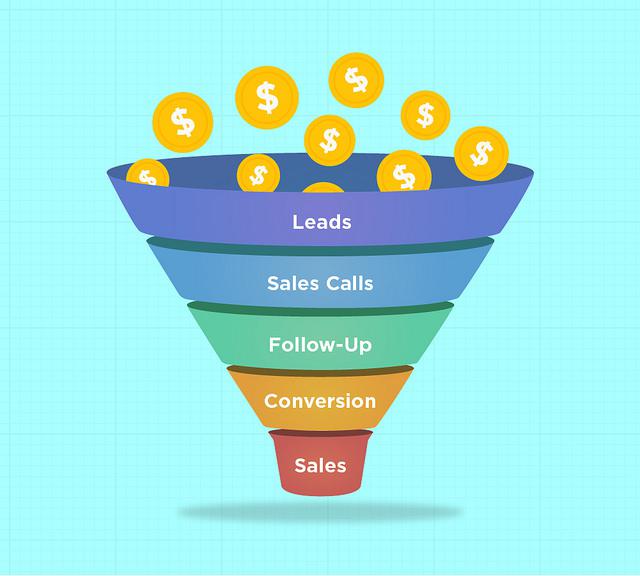While sales is an objective that businesses seek to achieve, content marketing is the cog that keeps the marketing machine moving towards this objective. Ever since digital media came into existence, content marketing has become a crucial part of the marketing mix of brands. Users spend more than 50 percent of their time surfing the Internet on their mobile devices. As such, it becomes a good opportunity for brands to deliver engaging and informative content to their online audience and build strong brand awareness.
Now, what exactly is it that marketers wish to accomplish through content marketing? Well, they wish to boost their sales and push their revenues up. For this, there has to be a balance between your content marketing, advanced sales training and strategy. Interweaving sales and content creates a strategic relationship, which is important for:
- Creating value for readers and converting them into valuable business assets.
- Profiling the target audience by better understanding their needs, wants, traits and preferences through interactions and feedback.
- Improving and customising the marketing approach by keeping both content and sales teams in the loop.
Integrating content marketing and sales strategy arms companies with one powerful weapon- consumer behaviour data. For example, the content team can track user comments while the sales team can analyse the behaviour of the user based on such comments. Both teams are armed with data that can provide useful insights into consumers’ likes, preferences and needs. They can leverage this data to create meaningful content that not only engages audiences but also converts them into actual customers.
So, now you must have understood why you should integrate your content marketing and sales strategy. But the question is how to do so. Here are few tips to get the best out of the integration:
Create the right environment
First and foremost, you need to create an environment that brings together the content and sales team on one platform. You should open a dialogue between the two teams so that they engage with each other without any inhibitions. Make both teams realise the importance of having meaningful interactions for achieving the business bottom-line. Specify the goals you wish to achieve by integrating the two teams so that everyone can coordinate their efforts and bring in more synergy into the process.
Test your messaging
Content is actually more than regular blog posts. In fact, they are powerful conversion influencers that can either make or break your sales. The copy and messaging on your website is the voice of your brand. Your users will get to know your brand’s story only by reading what you write. So, it is important to test your messaging and copy in order to drive conversions. Make sure you include a call-to-action in your web copy that takes them directly to a contact form. You can check out different value propositions and identify the best-performing variation for your brand.
Optimising content for each stage of the buying cycle
Another important aspect that marketers have to keep in mind is the type of content they deliver at different stages of the buying cycle. The awareness stage is the first stage in the cycle and not all users wish to interact with salespeople at this stage. E-books, whitepapers, checklists, tip sheets and certain early-stage content formats are suitable at this stage.
Next comes the evaluation stage, where consumers consider your brand for their needs. Expert guides, whitepapers and personalised content are great for appealing to them at this stage. The third is the decision stage where live demos, free trails, estimates, coupon codes and consultations work the best. Lastly, there is the advocacy stage, where insider content, special offers, customer support testimonials and share-worthy content works perfectly. You should create content that appeals to consumers as they drip down the conversion funnel stages.
Measure your performance
Last but certainly not the least, you need to measure your performance after integrating content marketing with sales. Unless you measure your performance against set KPIs, you will not be able to determine how effective your campaigns are proving. Looping in social media platforms for content marketing will up your analytics owing to sophisticated tools that provide insightful data. You can use this data to identify loopholes in your efforts and take necessary corrective actions to boost your sales.
Image Credits: Jared Sexton via Flickr
